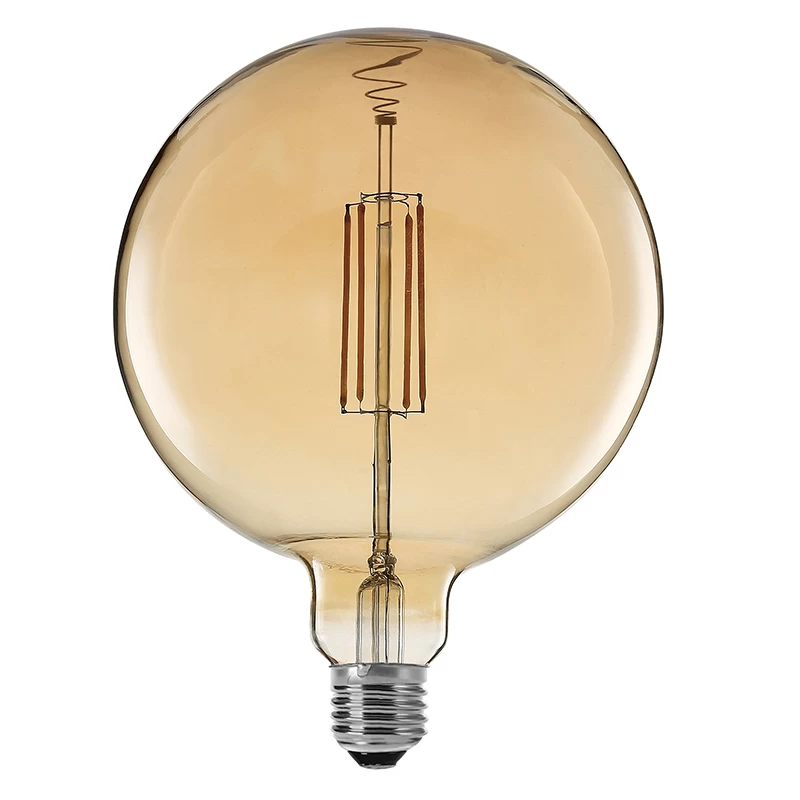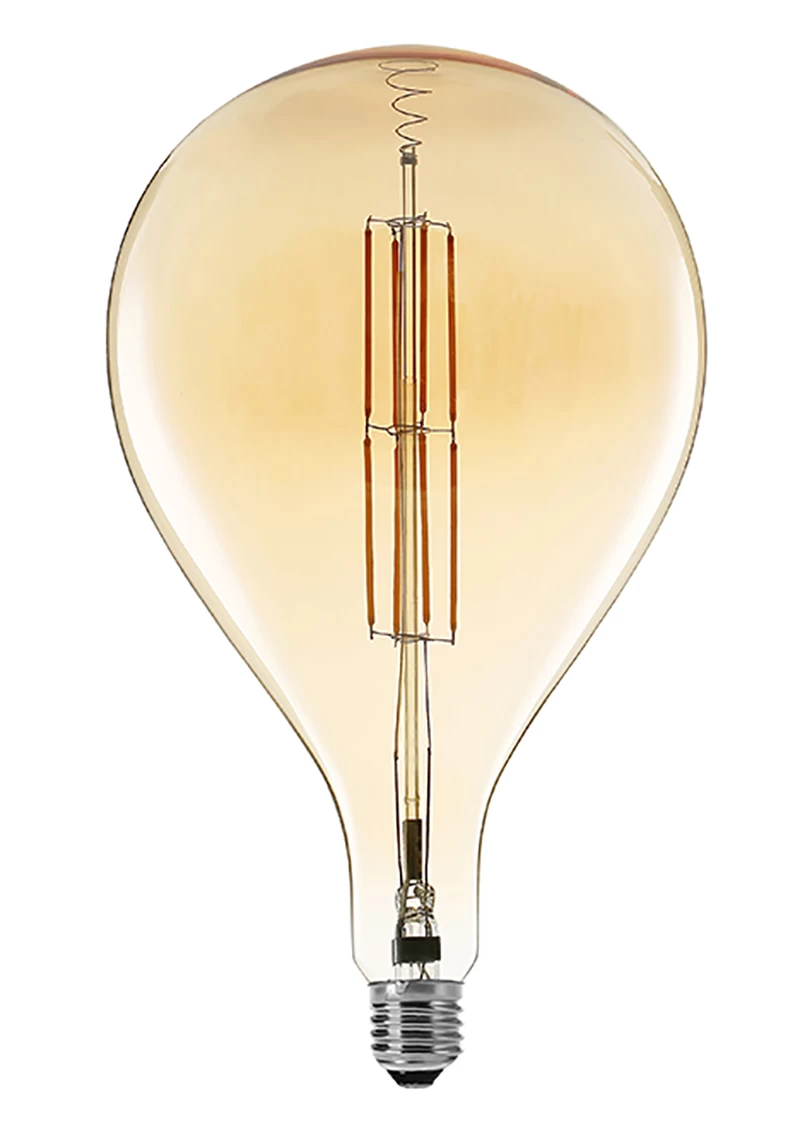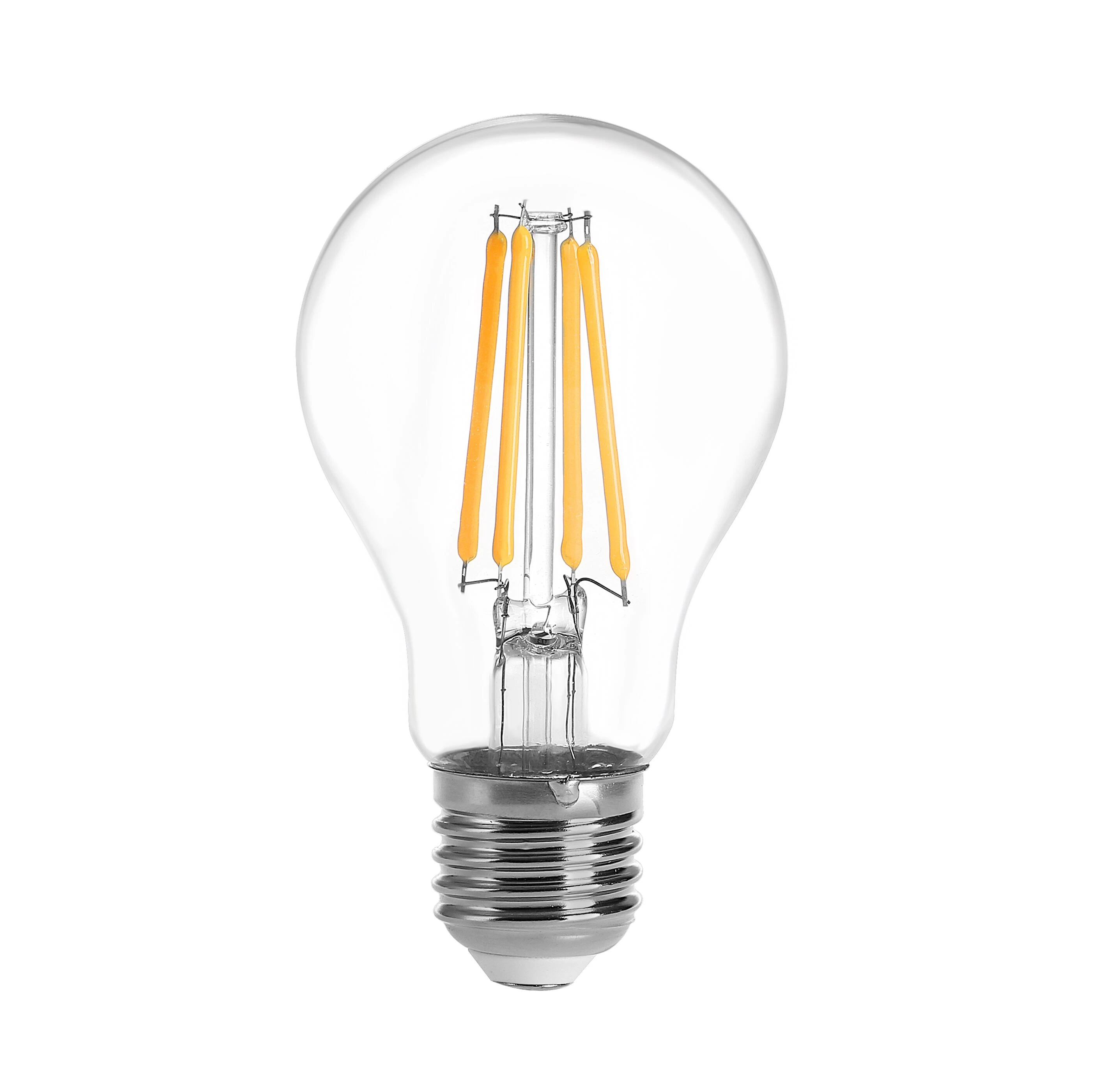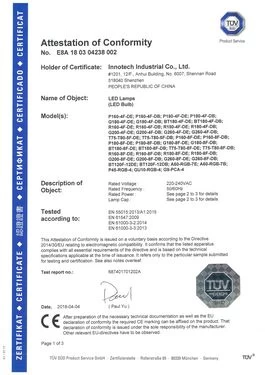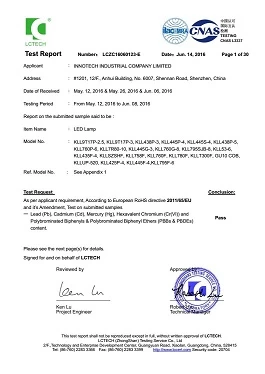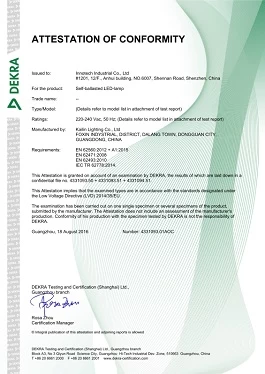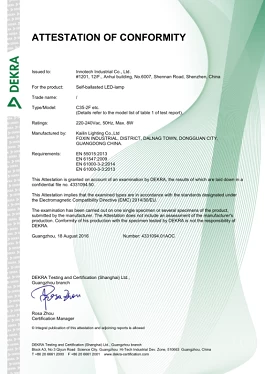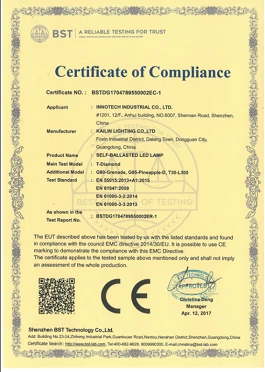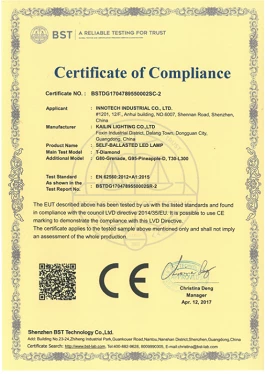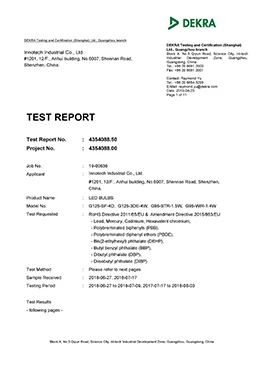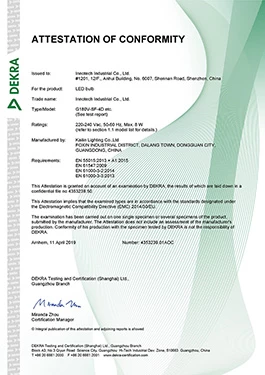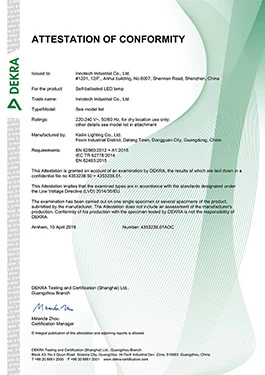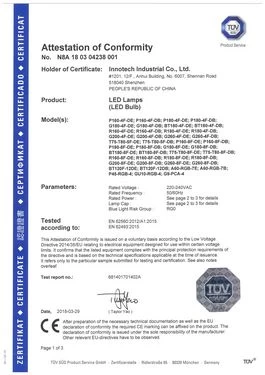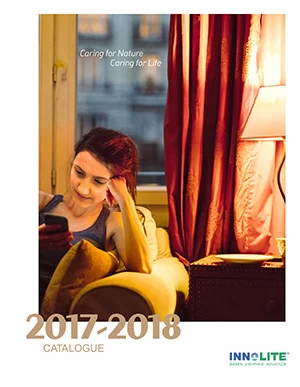Where is the LED technology road? Practical talent training is the key

Hundreds of flowers in the LED market
When the LED was first introduced, due to insufficient power and insufficient color, it was only applied in scenes such as billboards and traffic lights. With the advancement of technology, the application of LEDs in backlight display has led to an explosive growth in the market for LED displays, and the emergence of white LEDs has also opened up the general lighting market. After years of hard work, these fields have become saturated. Special lighting such as automotive lighting, flashlights, and medical care has gradually entered the public eye and become a new direction in the LED field. The LED lighting market is showing a hundred flowers.
In addition to lighting, LEDs are also promising in many non-illuminated areas. At the “OFweek (15th) China LED Lighting Industry Development Summit Forum” held on November 13th, Professor Li Shizhen from the Shenzhen Research Institute of the Hong Kong University of Science and Technology introduced the technology trends of LED in the field of non-lighting. Professor Li Shizhen believes that applications that are not related to human vision are non-lighting applications. These include plant lighting, visible light communication (VLC), and applications for invisible bands. Among them, plant lighting can be extended to animal husbandry and aquaculture, in addition to agricultural and horticultural applications. VLC technology, by virtue of its security, economy and confidentiality, can complement WIFI to a certain extent, and can also be combined with lighting applications to expand into other application scenarios, such as environmental monitoring.
For non-lighting applications, the prospects and applications of invisible light are no doubt broader. So what are the applications of infrared LEDs and UV LEDs?
IR/UV LED application
According to Professor Li Shizhen, the application of IR/UV LED has existed for a long time, but its marketization is still in the preliminary exploration stage. It is still a blue ocean market. It is still far from the inflection point of mass production and the outbreak of the industry. In terms of technology. There is also a lot of room for improvement.
LED Filament light Bulbs manufacturer
He believes that most of the current IR LEDs are used in the military and other special fields, but will be extended to the public in the future. The future of IR LEDs will be locked into portable products for night vision, pupil recognition, heartbeat detection, cosmetic beauty and biomedical applications. In contrast, UV LEDs will be used more in the industrial sector and will be much larger than IR LEDs in terms of market size.
Ultraviolet light has a wavelength range of 200nm-400nm, and these different wavelengths of UV light application scenarios are also different, so it is divided into three categories: UVA (320nm-400nm), UVB (280nm-320nm) and UVC (200nm-280nm). . UVA is mainly used for polymer curing, such as fast drying of printed ink, second drying of nail polish, and rapid curing of 3D printing. UVB is mainly used in biomedical applications such as dermatological treatment. UVC is mainly used for the disinfection of gases and fluids.
Research status and difficulties in research and development
In the research of LED, the focus of universities and research institutes at home and abroad is different. International research focuses on new materials, while domestic focus is on LED packaging. For the development of domestic LED, Professor Li Shizhen believes that the most critical issue is the mentality problem. From material development, to package structure, to process optimization, it is a long process of continuous research and continuous investment. To do research, you must first find the right position, sink your heart, and move forward slowly.
The development of LEDs from the visible to the invisible band is not just a matter of changing a chip. Taking UV LED as an example, compared with visible light LED, there are three major problems in the development of UV LED, namely epitaxial growth equipment, chip material, and LED package. UV LEDs have higher requirements for MOCVD uniformity, temperature tolerance, etc., and the epitaxial growth conditions of visible light LEDs are not applicable. In the past, blue LEDs used GaN or indium gallium nitride as the substrate, while UV LEDs required aluminum gallium nitride as the substrate. The lattice defects and adaptation of the two were different, and it was necessary to re-examine. The packaging system is also very different from the traditional packaging, and it needs to be re-examined.
At present, Professor Li Shizhen's research group has realized the development of UVA LED packaging materials and structures. He said that the previous concept holds that silver is the best reflective layer material, but for the ultraviolet band, aluminum is much better than silver. The reflectivity of aluminum to different wavelengths is relatively constant, and is still stable after heat aging treatment, while the reflectance of silver varies with wavelength and cannot be stabilized after heat aging treatment. In order to ensure the stability of industrial design, his research group chose silver as a reflective layer to achieve good results. In addition, the UVC below 280 nm is basically a metal or ceramic package, which is not only expensive but also bulky. How to replace the traditional package with plastic packaging is a research direction.
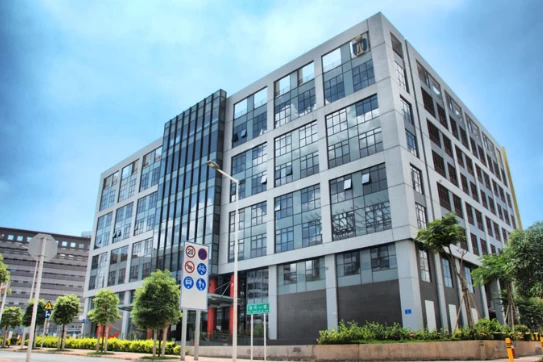
Retrofit LED Filament light Bulbs manufacturer
Need scientists, more engineers
At present, China's optoelectronic talents are in short supply, market demand is strong, and colleges and universities carry the heavy responsibility of cultivating talents. Professor Li Shizhen believes that the current optoelectronic industry lacks a large number of technical talents, and colleges and universities should focus on allowing students to “learn to use”. Now many students are lost after they finish school, and they forget when they finish the exam. This is not unrelated to the disconnect between the school and the industry. To this end, Professor Li introduced the concept of the Hong Kong University of Science and Technology.
HKUST also attaches great importance to cooperation with enterprises and the combination of production and research. HKUST advocates that professors participate in industrial projects. For example, they cooperate with Huawei, Zhouming Technology, Ruifeng Optoelectronics and other enterprises to provide support for enterprises. On the one hand, they also use enterprises to enhance students' understanding of the industry and enable students to graduate after graduation. Quickly integrate into the enterprise's echelon. In terms of teaching recruitment, it is also more inclined to hire professors with several years of industry experience. Such professors can transfer some relevant knowledge in the industry, whether they are teaching or guiding students. This is good for student development and industrial development. . Of course, the school also has a highly sophisticated team. The goals of these teams are in research, and for engineering schools, they are more focused on learning.
In addition, the layout of many disciplines of HKUST is not in the direction of deep, but in the direction of Guangbo. The establishment of a large number of interdisciplinary subjects, in addition to teaching students the professional field of knowledge, can also be extended to the relevant areas of the surrounding. There is an evaluation indicator in the doctoral thesis defense of HKUST. In addition to the content of the paper, it is sufficient to understand other relevant fields involved in the same large field.
Where is the LED technology road? Practical talent training is the key
Hong Kong University of Science and Technology Shenzhen Research Institute
Professor Li Shizhen concluded: "In the field of pure scientific research, we need a very specific and very deep professional accumulation. This part belongs to the person who creates knowledge and is at the top of the pyramid. But this can only be a small group of people, a small part is extremely smart, The talented people are very high. The proportion of people in the lower middle and lower layers of the pyramid is much higher than that of the spire. What they need to do is to transfer and apply knowledge. For this part of the people, after mastering the basic professional knowledge, they should go to Guangbo and Solve the problem and develop it."
Where is the LED lighting road?
In the past decade, the basic idea of LEDs has been replacement, just replacing the traditional light source with the light source of the LED, which makes many of the characteristics of the LED not reflected. In the future, with the upgrading of architectural design, there will be more and more light sources designed specifically according to LED size specifications, hidden, or flat light, instead of the traditional lamp holder design.
LEDs have the characteristics of small size, low power consumption, and responsiveness. These features have many application scenarios to be developed, and the market space in this area is very broad. Although the current replacement market is still large, the profit margin is already very low, and it is difficult to increase the added value of the product. For the LED industry practitioners, we should try our best to use the imagination of LED technology to develop new application scenarios, find the edge that can reflect the advantages of LED, and open the next application door of LED.

 +
+




